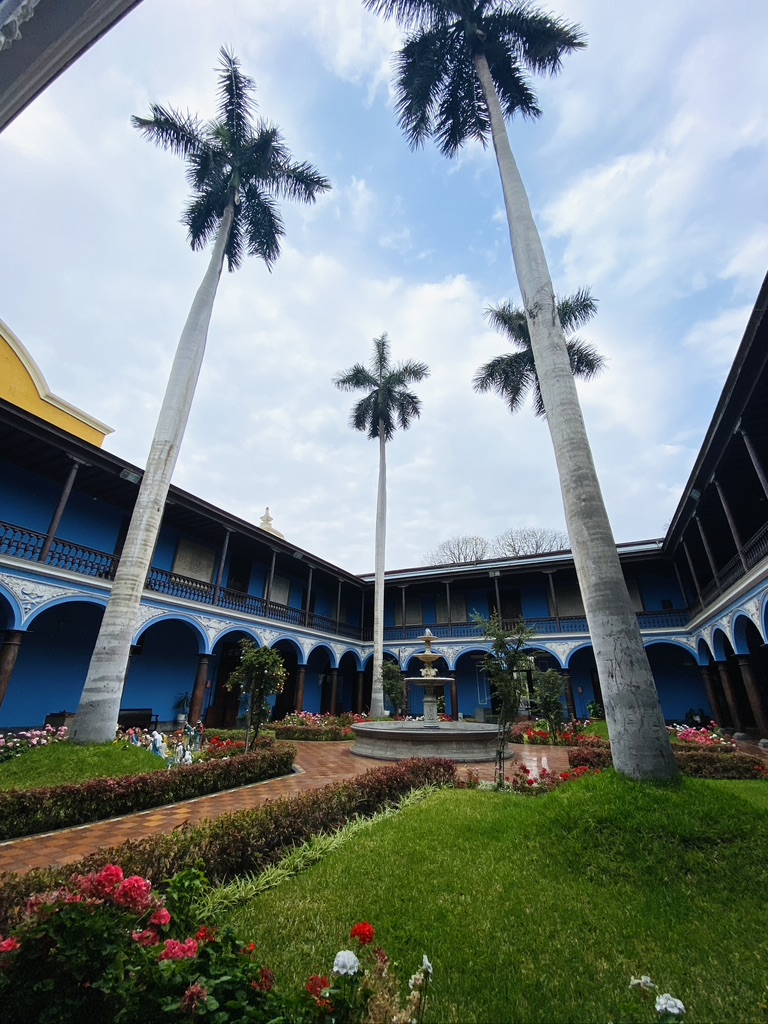
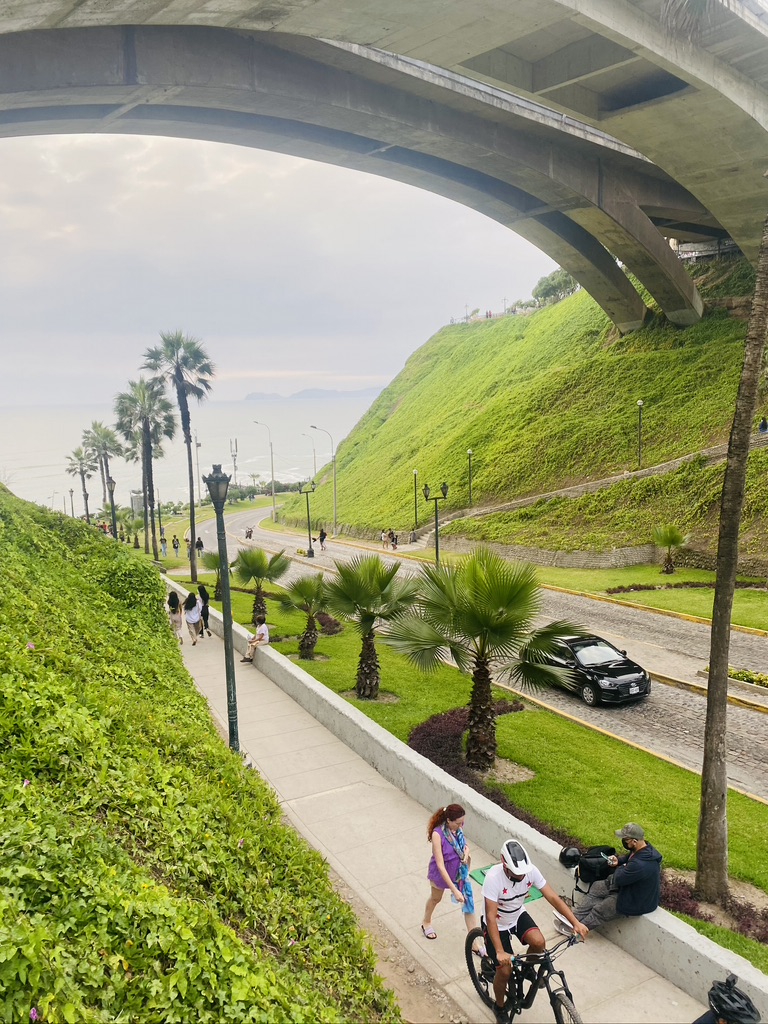
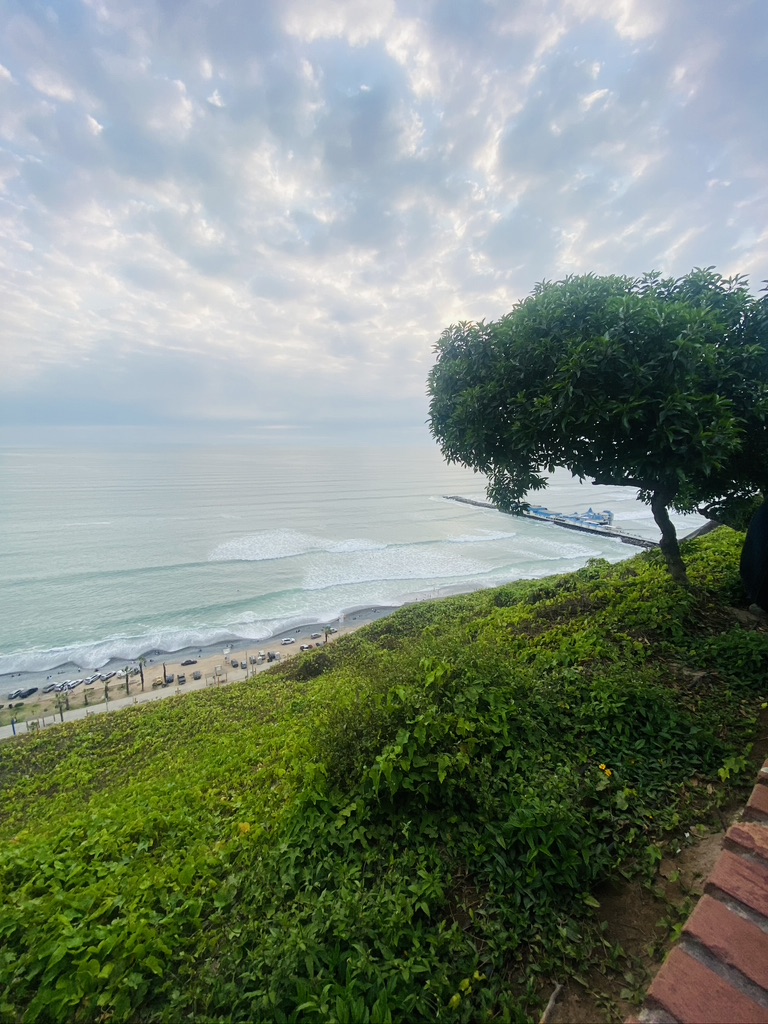
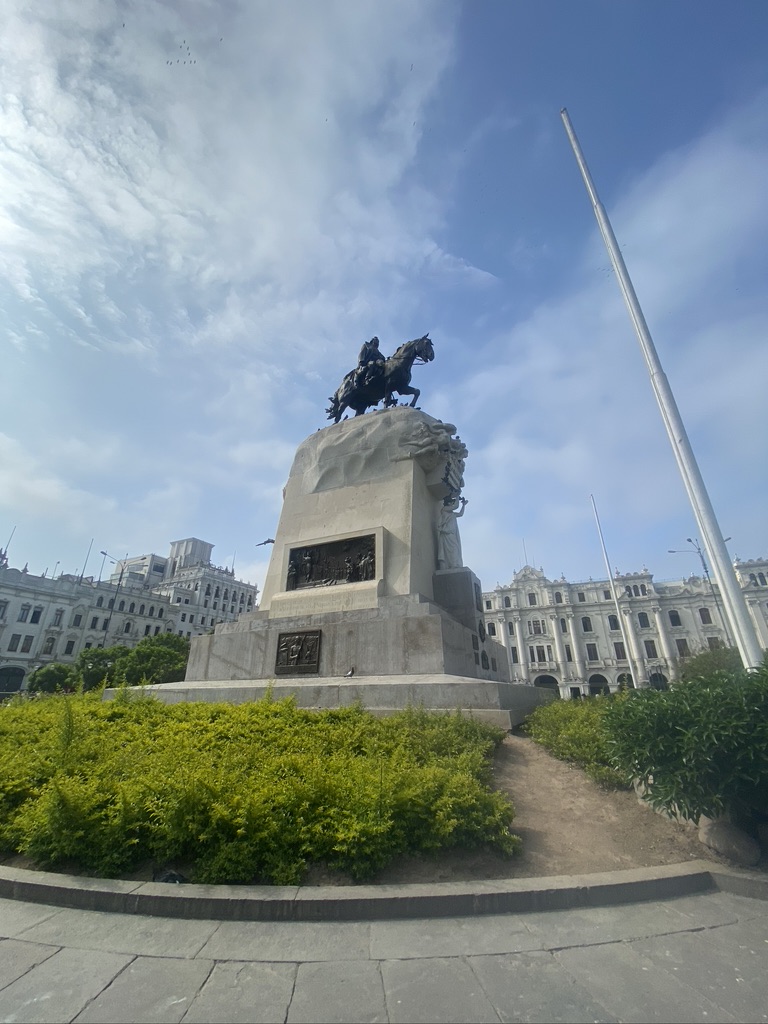
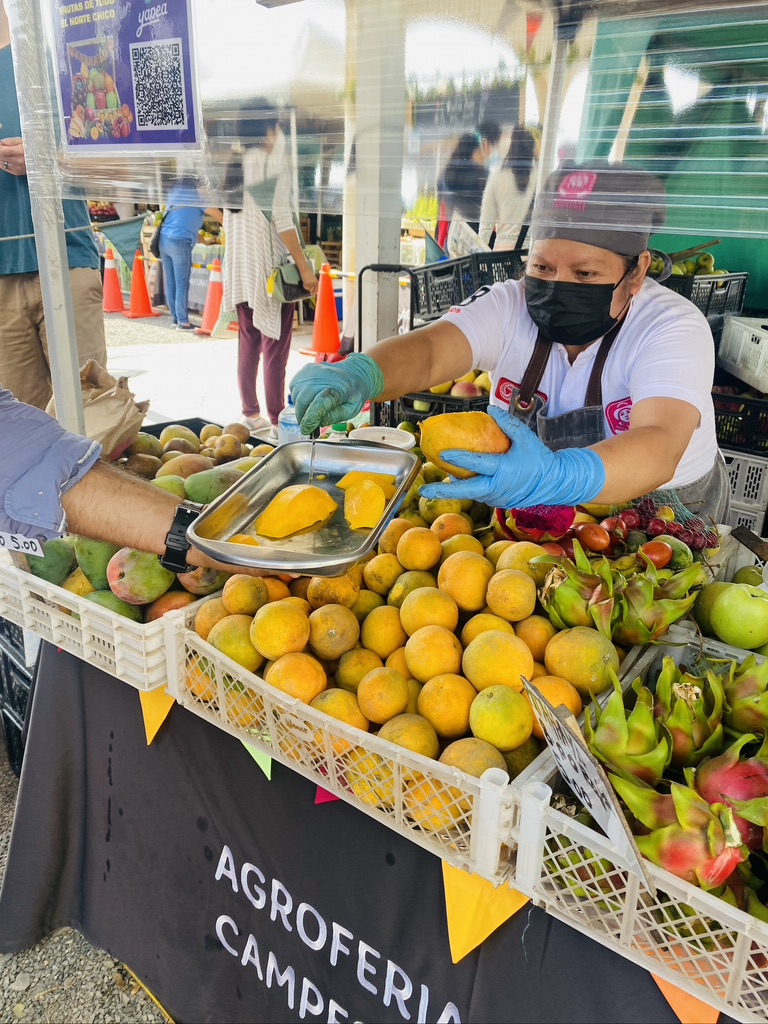
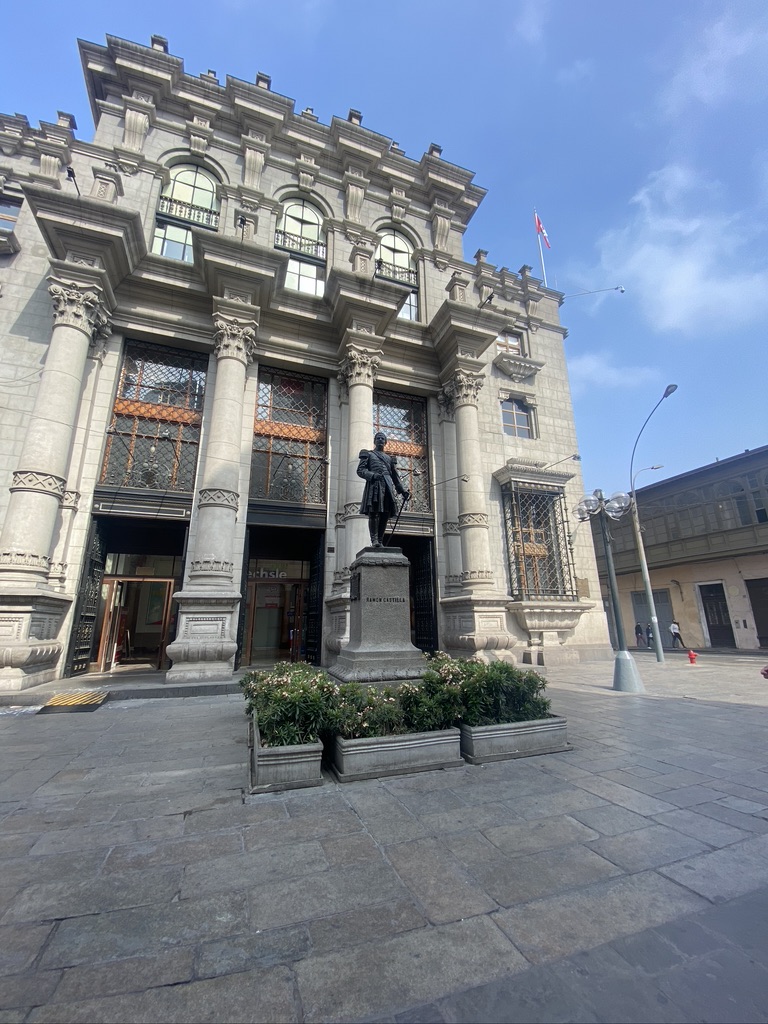


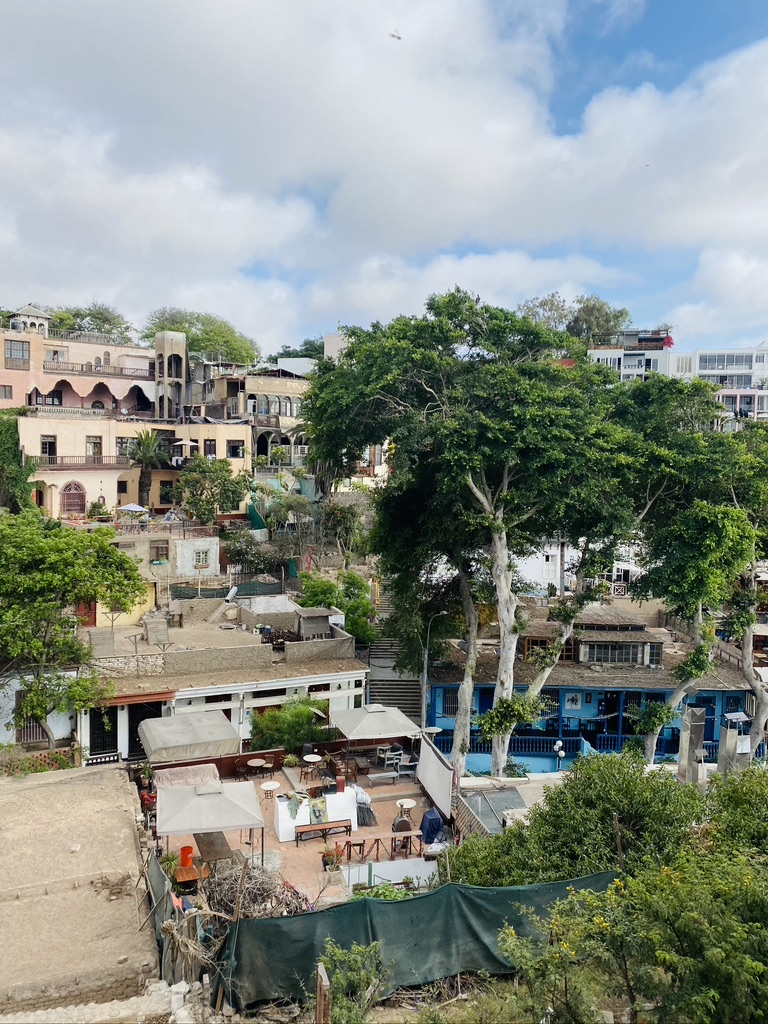
Since I was young, I’ve always wanted to visit Peru and its historical sites. Hike Matchu Picchu, see the llamas, eat fresh ceviche and learn more about the Peruvian culture. Basically explore Cusco, the Peruvian city that offers all the above activities. But Peru is not only about Machu Picchu, as most people believe. There is so much more to learn from other cities and attractions in the country, and Lima is definitely one of them.
I went to Peru on a gastronomy tour that was only in Lima. And although I did not make it to Cusco, I had a great time immersing in the Peruvian culture and learning about their food and other traditions. In fact, Lima, the capital of Peru, offers a lot of archeological sites (more than 400!), museums, parks and squares rich in art.
Here is a guide on what you should see in Lima.
BEST TIME TO GO TO LIMA
December to March are the best months to visit Lima. This is when temperatures are high; it feels warm and sunny, and rainfalls are minimal. However, this is not the case further inland in Cusco or the Amazon where rain is dominant. Because Lima is on the coast, it enjoys a summer weather between these months.
I went in January and it was great weather. Although it was not always sunny (and i think this is because Lima is characterized by a gloomy feel), the weather was warm and dry, perfect for going around.
WHERE TO STAY IN LIMA
Lima is huge and offers a lot of different neighborhoods. It might feel overwhelming to choose where to stay but I definitely recommend staying in Miraflores. This area is usually full of travelers, since it is the safest and offers a wide variety of hotels and upscale restaurants and shops.
I stayed at the Innside by Meliá Lima Miraflores, a great hotel in Miraflores. The hotel had a great outdoor pool and a bar. It was also a couple of minutes away from the beach and the main shopping stores. The breakfast was good, the staff were very helpful and welcoming. I definitely recommend this hotel.

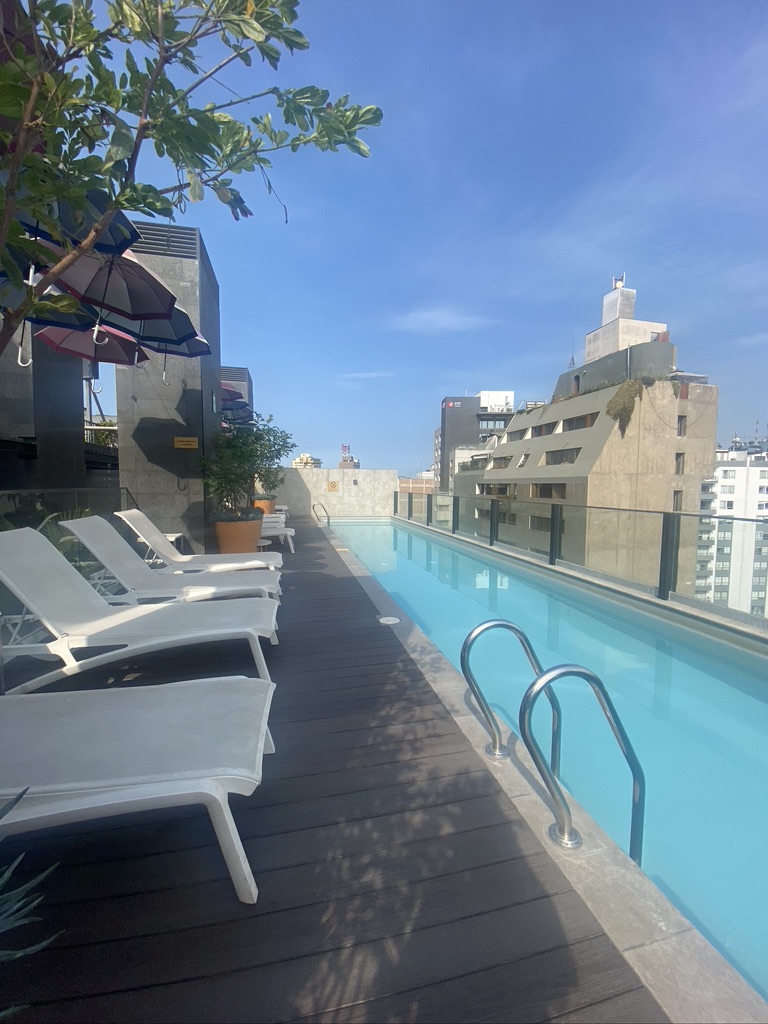
Innside By Meliá Lima Miraflores
If you are looking for a different experience in Lima, here are other areas you could choose to reside in:
Barranco – This is Lima’s bohemian spot. It is full of art, murals and colorful buildings. This is the area where artists and musicians usually hang. It has very nice cute cafes and there is always something going on, specially at night. Casa Republica Barranco Boutique Hotel is a very good option there.
San Isidro – This is the area to stay in if you like high-class kind of lifestyle. San Isidro is the financial district where Lima’s elite live. This area has fancy restaurants, country clubs and boutique stores. It also has art galleries, parks and two archeological sites (Huaca Huallamarca and Huaca Santa Cruz). You could choose Aku Hotels, if you chose that area.
Pueblo Libre – This is another safe area that you could stay in. However, it is usually calm with a slower pace. It has the house of Simon Bolivare (the liberator of South America) that was turned into the National Museum of Archaeology, Anthropology and History of Peru. I recommend you stay at the Ayenda Casa Aika, if you choose Pueblo Libre.
The Historic Center – If you are a fan of history, this is the spot for you! The historic center is right in the center of Lima. It has the most important historic landmarks and is actually a UNESCO world heritage site: Plaza de Armas, Government Palace, and many colonial houses. There are few restaurants and cafes around the square. The accommodation options are relatively cheap compared to other areas. But the area might not be super safe, so stick to the main square at night. Walking distance from the center you can find La Quinta de Amat, a great hotel option.
HISTORICAL SITES TO SEE IN LIMA
Larco Museum
I started my Peruvian adventure by visiting the Larco museum. One of the nicest historical and cultural sites in Lima, in deed. The museum showcases Peru’s history. Specifically the domestication of animals and products, and how Pre-Columbian civilizations took advantage of the natural biodiversity to develop into agricultural societies.
Pre-Columbian civilizations are those that existed south of today’s North America, before the conquest of Europeans in the 16th century. In Peru, the Inca civilization was the largest during that era, it built the largest empire that existed before 1540s. However, the Inca, who are behind Machu Picchu and Cusco’s cultural richness, did not build cities but kept the population rural in small villages and towns. The museum mostly showed the artifacts, clothing and jewelry the Incas used to survive on and trade during those times.
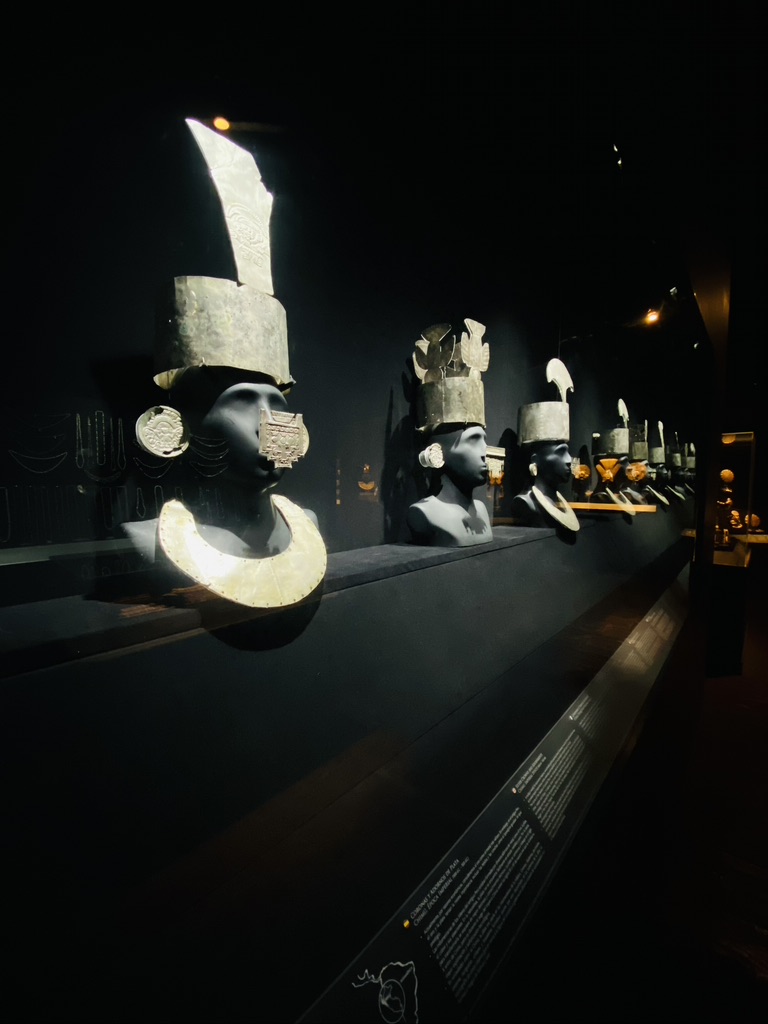
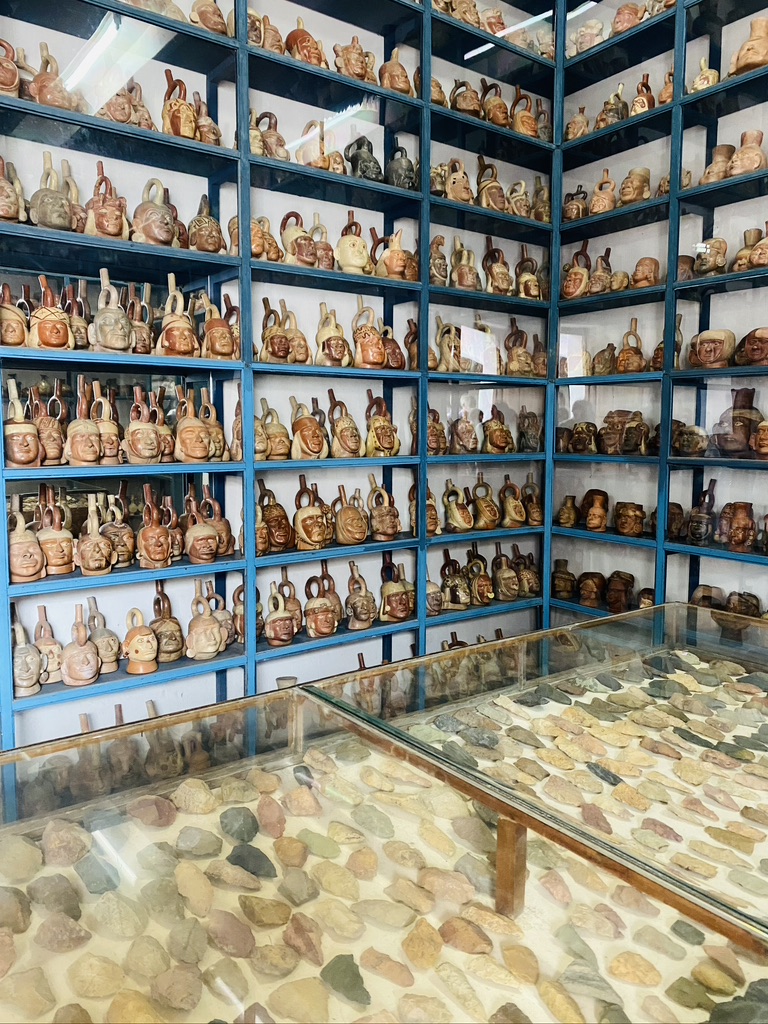
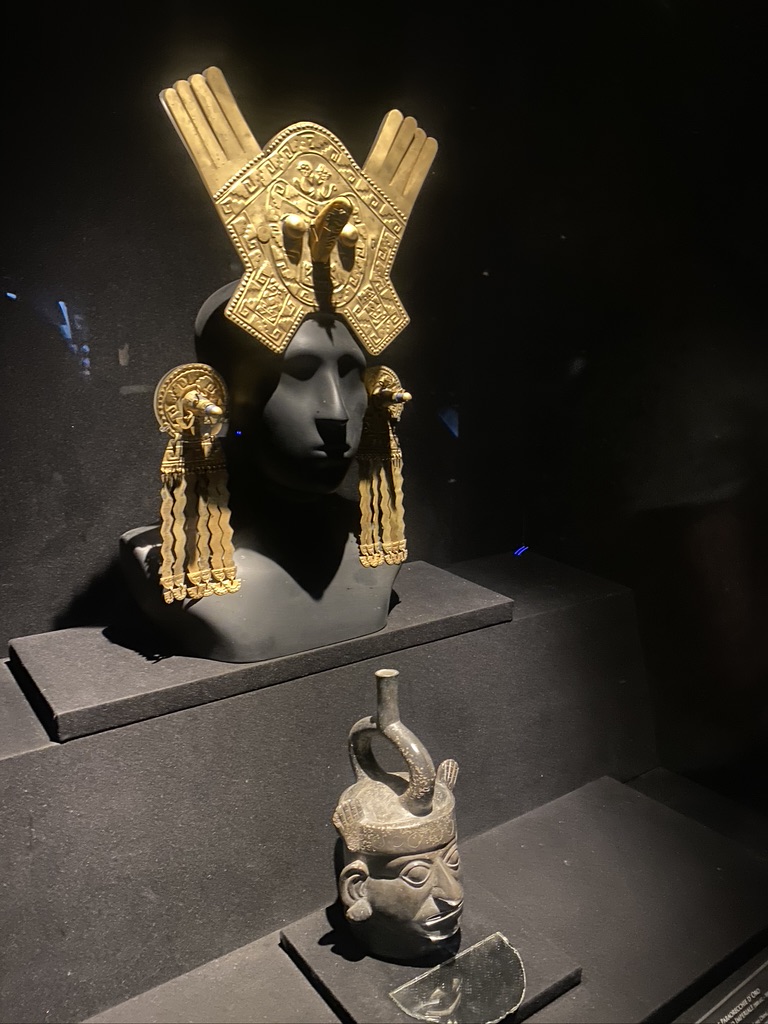
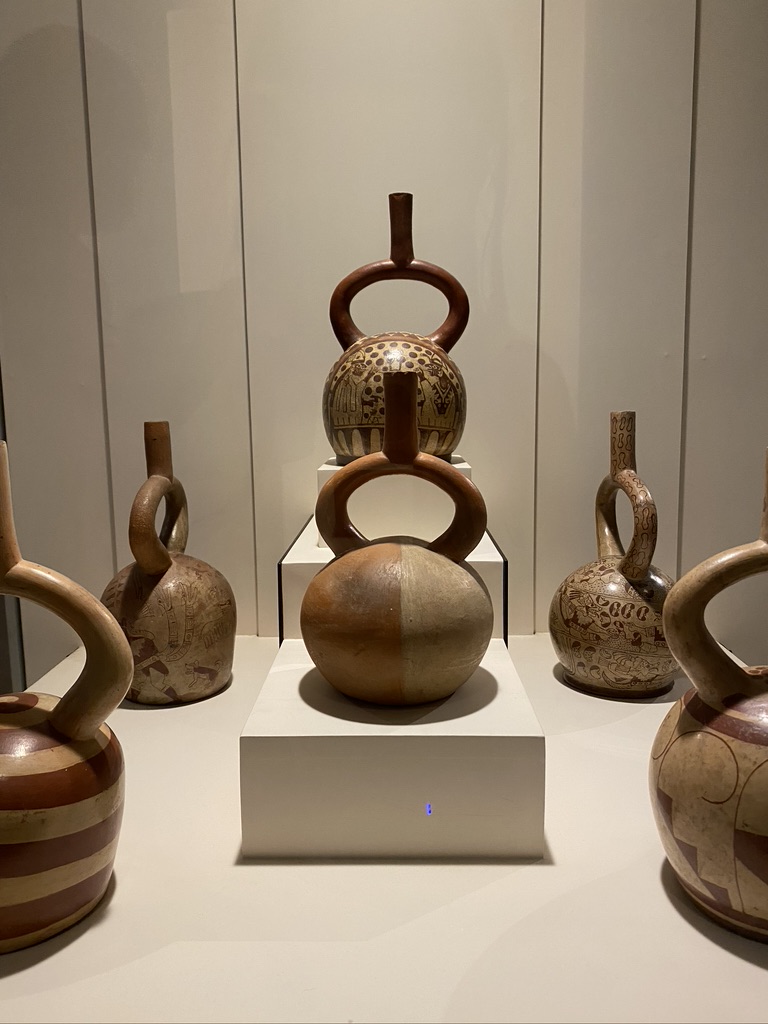
Plaza de Armas
The next day, I visited the Plaza de Armas, the main square of Lima, located in the city center. The plaza is home to the Government Palace (official workplace and residence of the President, I actually saw the President walking by!), the cathedral (built during the 17th century, and home to a rich collection of artwork), and the Municipal Palace. The space is also characterized by a series of private colonial buildings with carved wooden balconies. It also has small pedestrian streets with cafes, restaurants and shops, perfect for a coffee break and some tapas. You can watch the changing of the guards accompanied by a band, at the government palace around noon, and maybe the President if you get lucky!

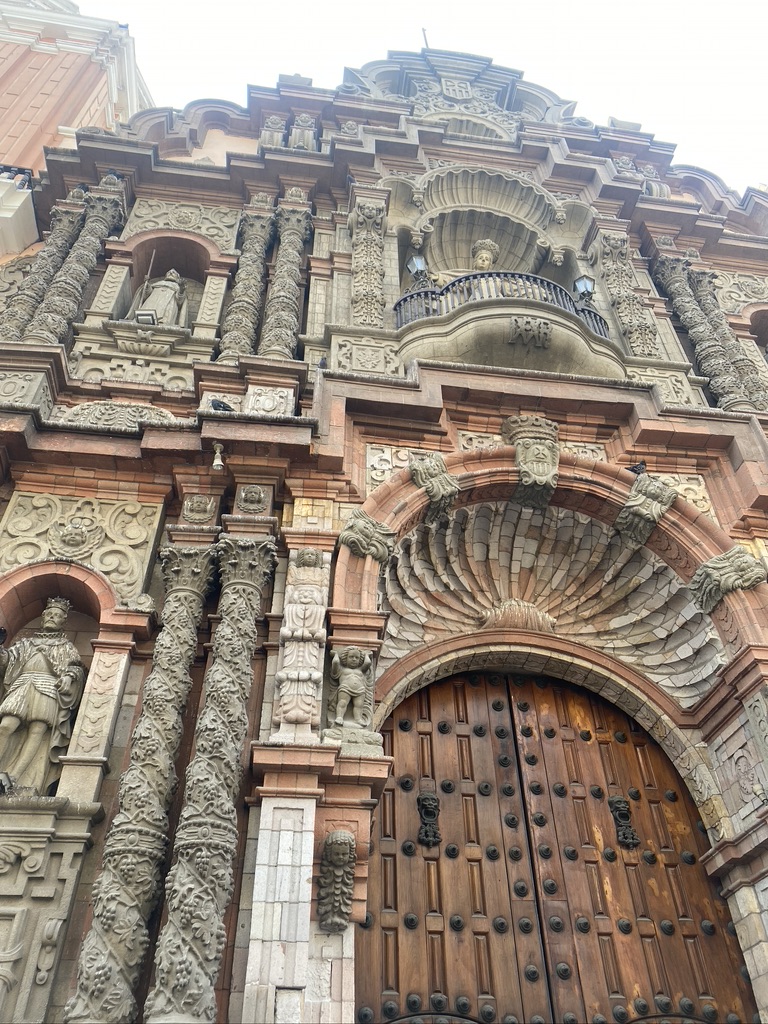
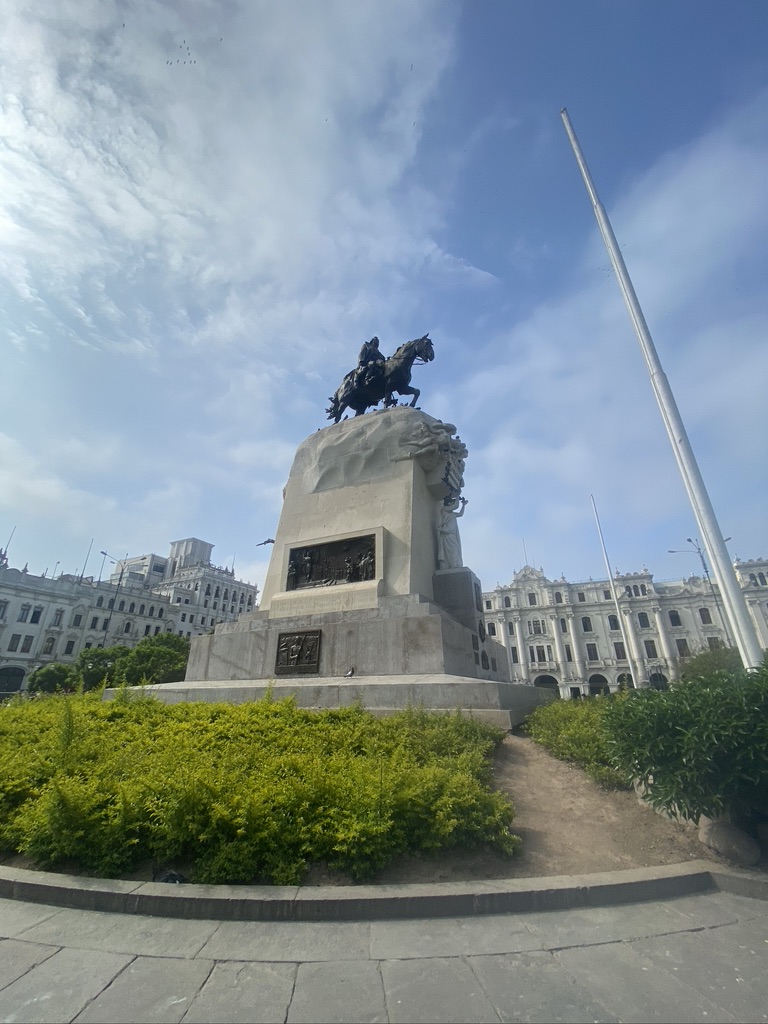

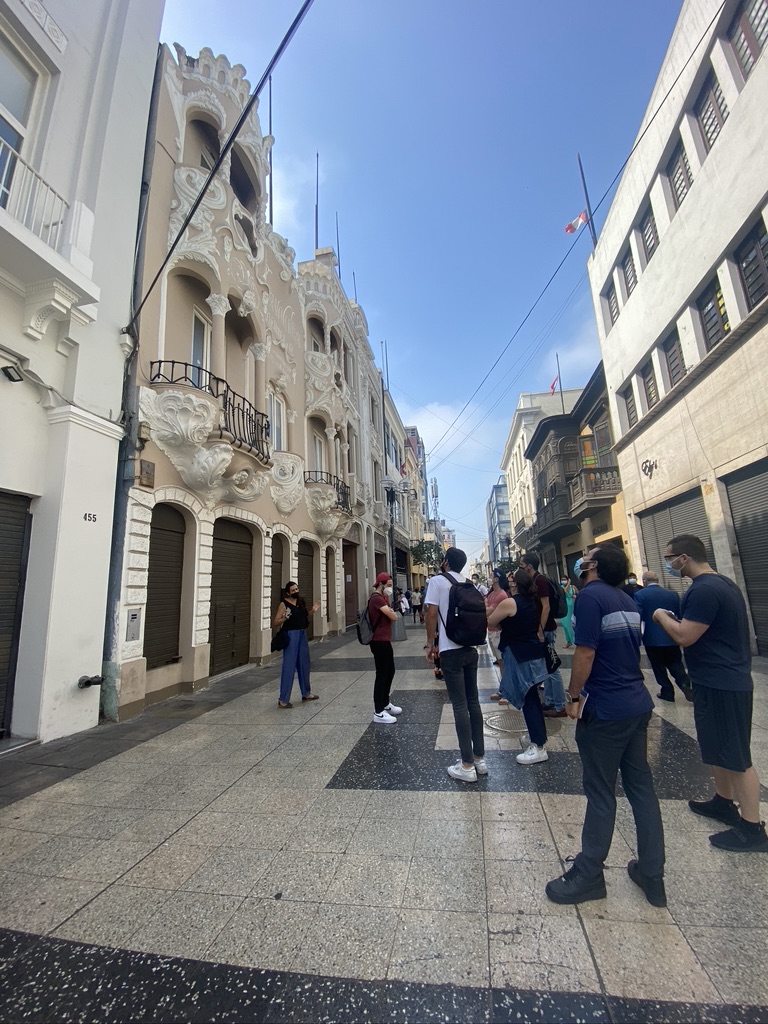
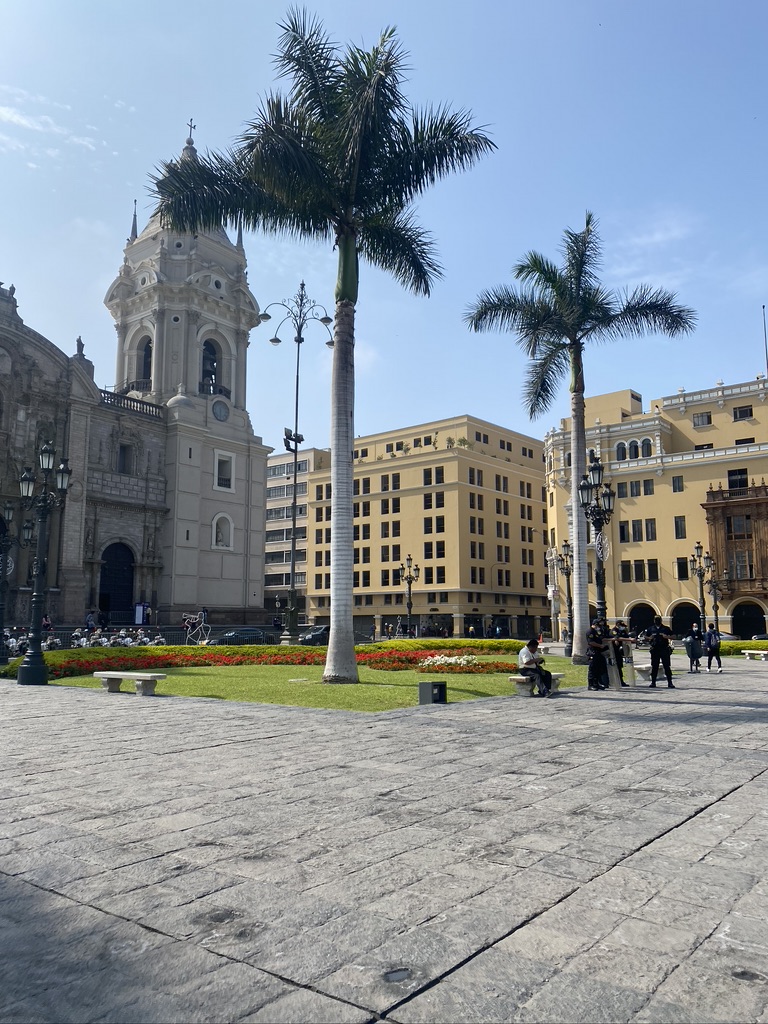
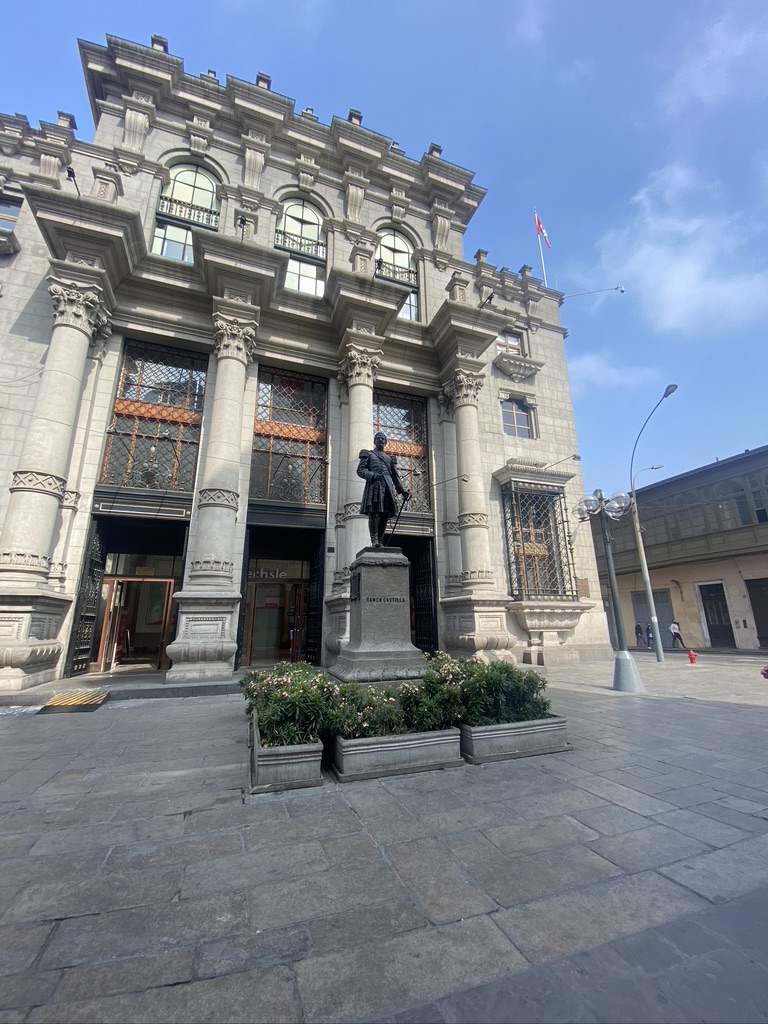
Casa de Aliaga
During my tour in the Plaza, I visited Casa de Aliaga, another historical site in Lima. It is one of the oldest colonial mansions in Lima, owned by the Aliaga family. This house lived through five decades of Lima’s history and portrays the different art as well as architectural styles that the city passed through: French, Baroque, Gothic, Viceregal, Neo-Gothic, classical and even Modern. It is a stunning historic home, and a must-see in Peru. Walking around the house, you will be able to witness the different decor and furniture styles. I learned for example that people did not have a lot of privacy back then because rooms did not have doors. Eating meals with the family is crucial that’s why dinning tables were huge. I really loved these small details.
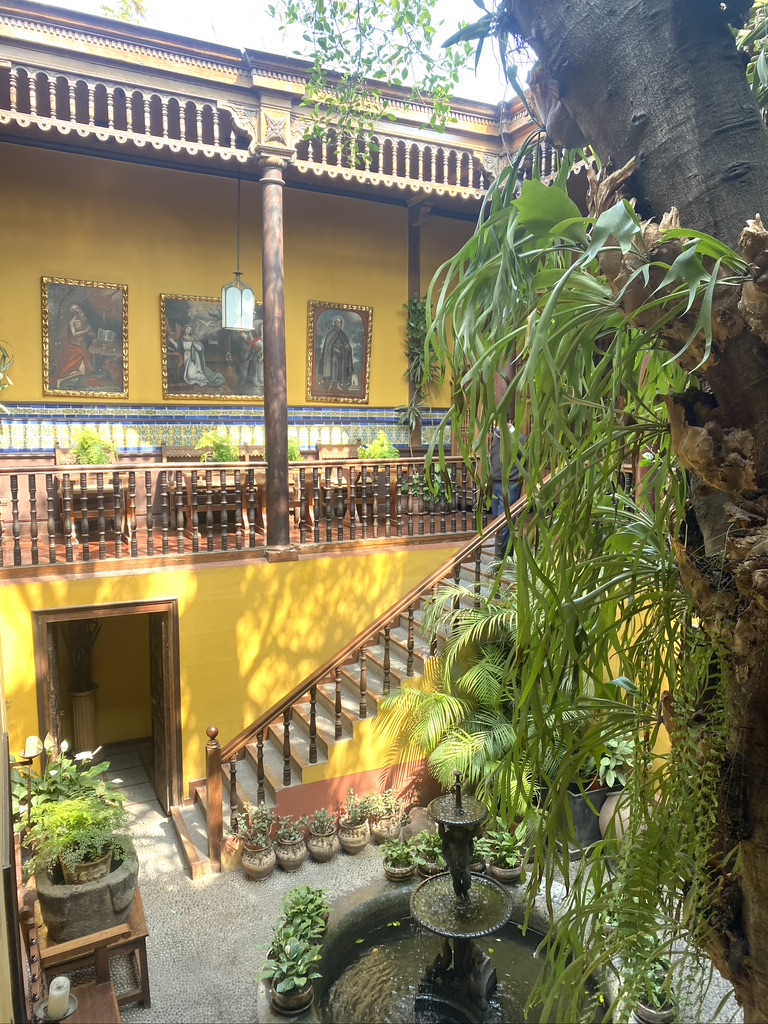
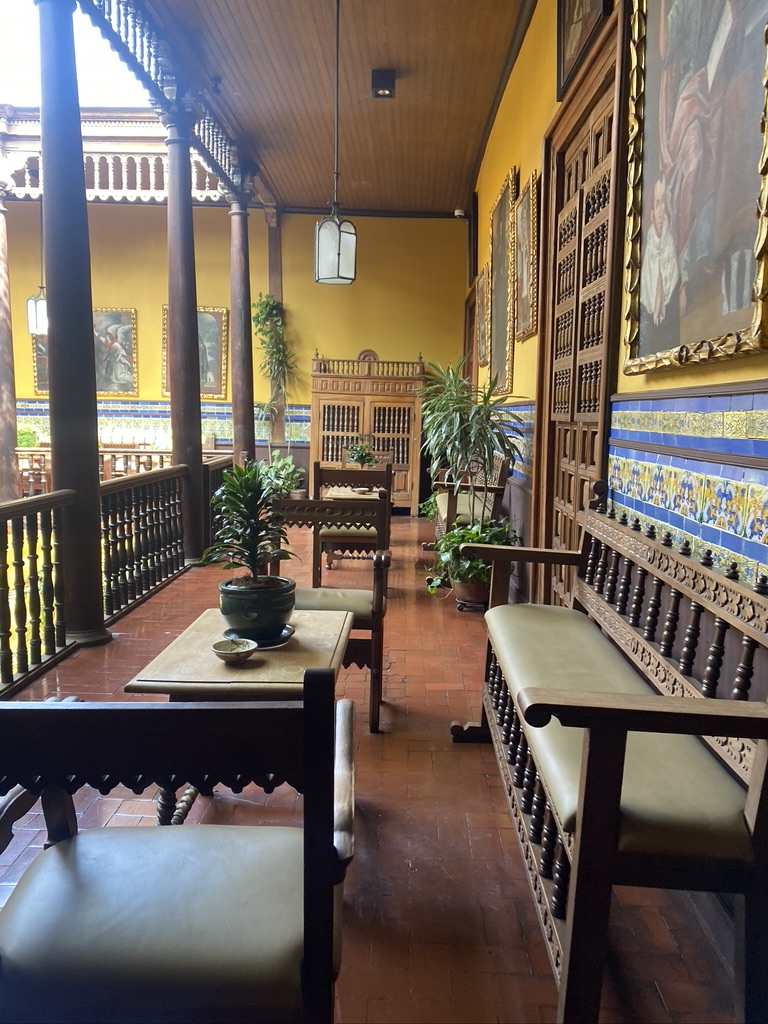
OTHER SITES TO VISIT
Malecón de Miraflores
Malecón is Miraflores’ boardwalk. It is around 9km and perfect for a jog or a bike ride. The walk is characterized by an amazing scenic view of the ocean. The sunset is great to watch over that point! Along the path, there are plenty of restaurants, cafes, parks and sculptures. The Villena Rey Bridge is another landmark you will definitely notice walking along Malecón, it is a bridge surrounded by a lot of greeneries. Usually artists are sitting below it, selling art and souvenirs.

Barranco district
This is a bohemian district in Lima. This area is filled with graffiti, murals and street art. It is also home to some cool museums, such as the Museum of Contemporary Art (MAC), cafes and restaurants. The district has an amazing vibe, filled with artists and tourists.
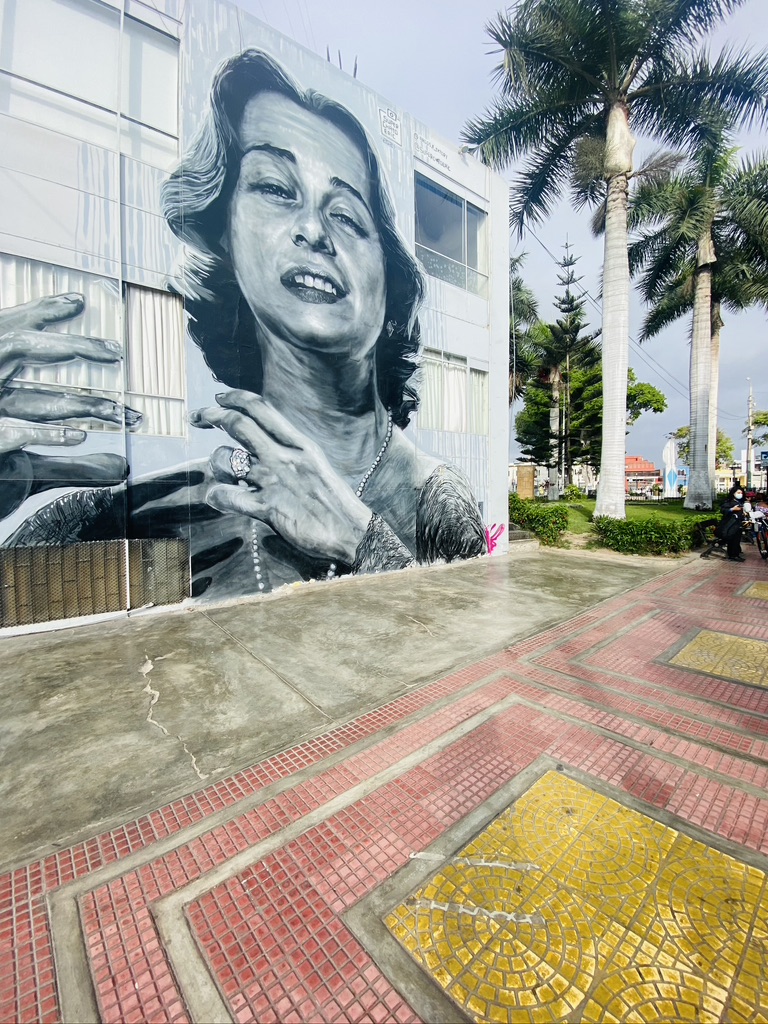

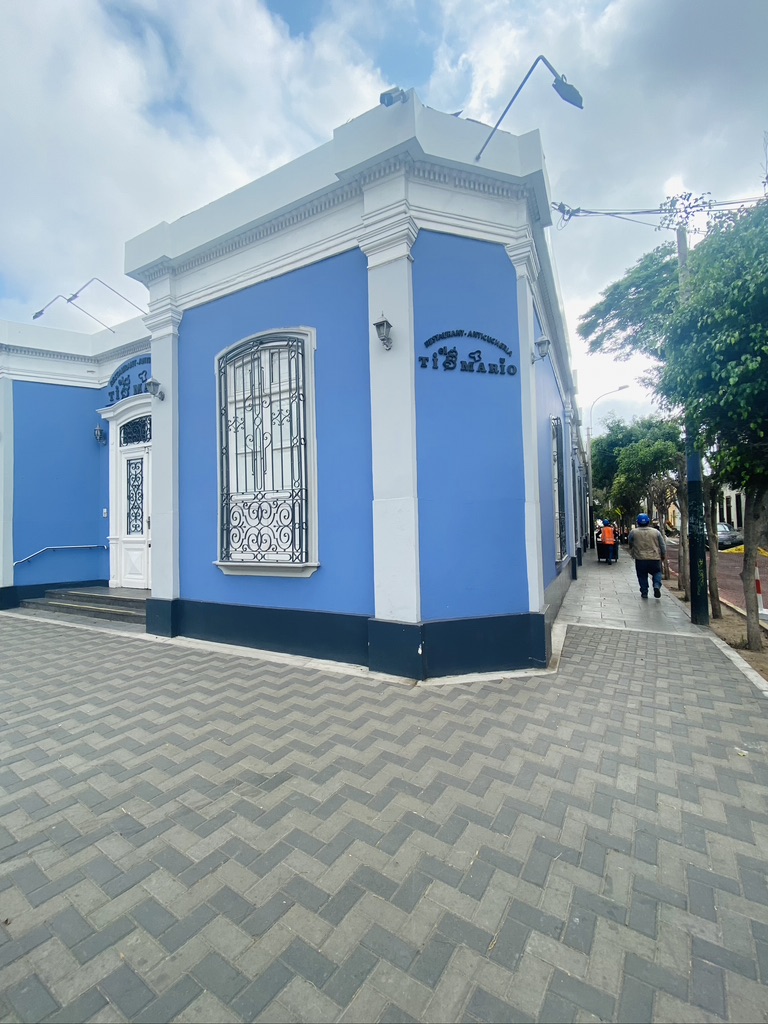
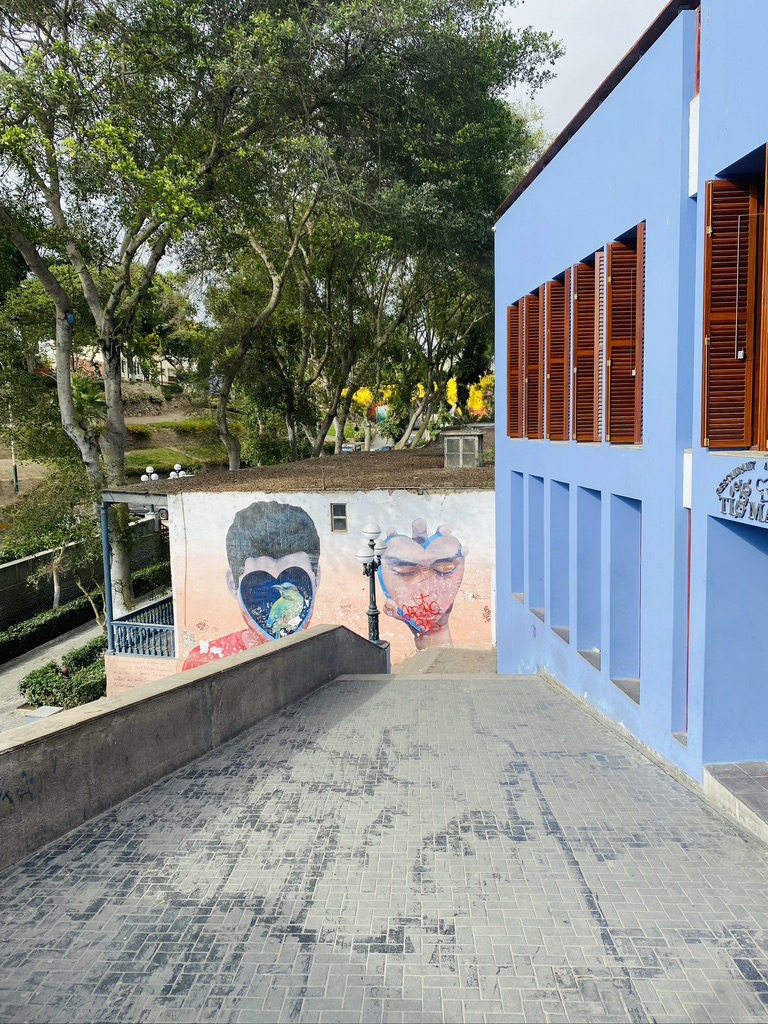
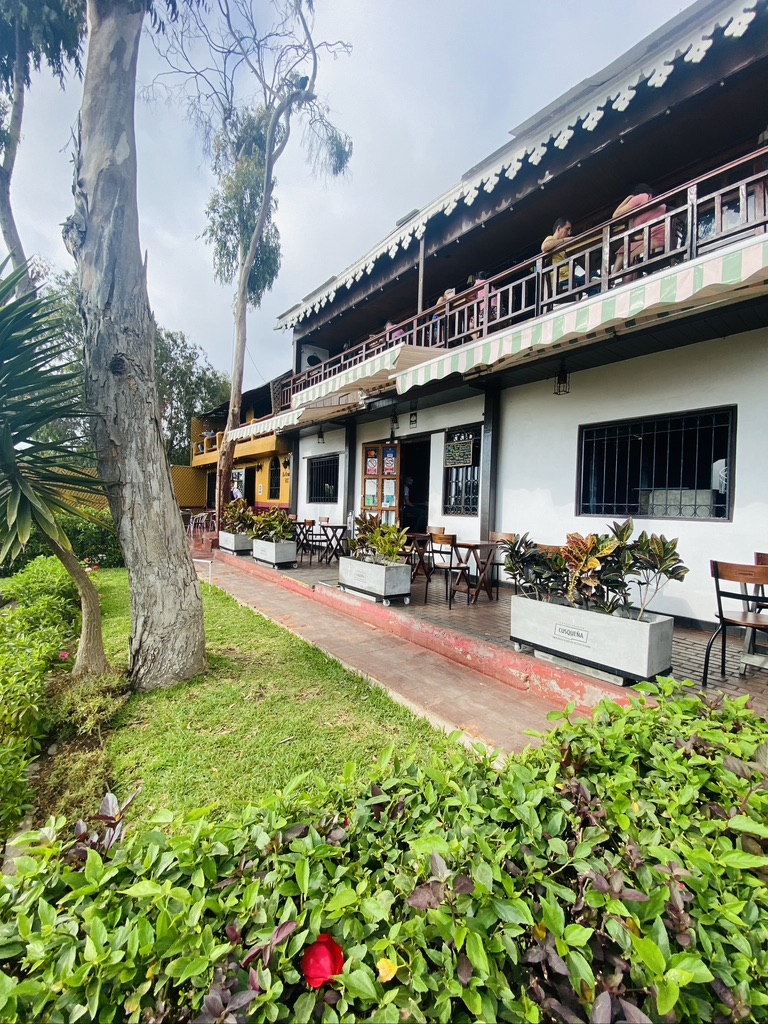
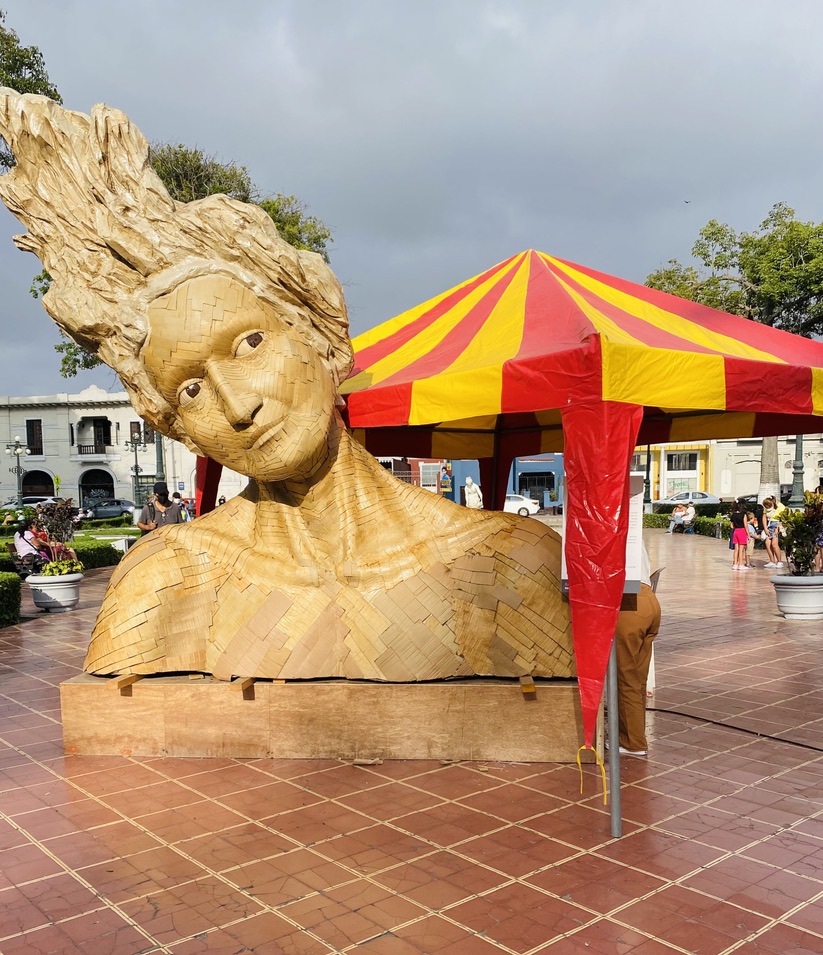
Street art in Barranco
Definitely have a few hours to walk around Barranco, exploring the different drawings and murals. As you’re wandering, stop at one of the colonial houses and grab a drink at their boutique bars. After that head to the Bridge of Sighs or The Puente de los Suspiros one of the main spots in Barranco. This bridge is very romantic and is actually breathless by its beauty. It is also said that if you walk across the whole bridge holding your breath, your wish will come true!
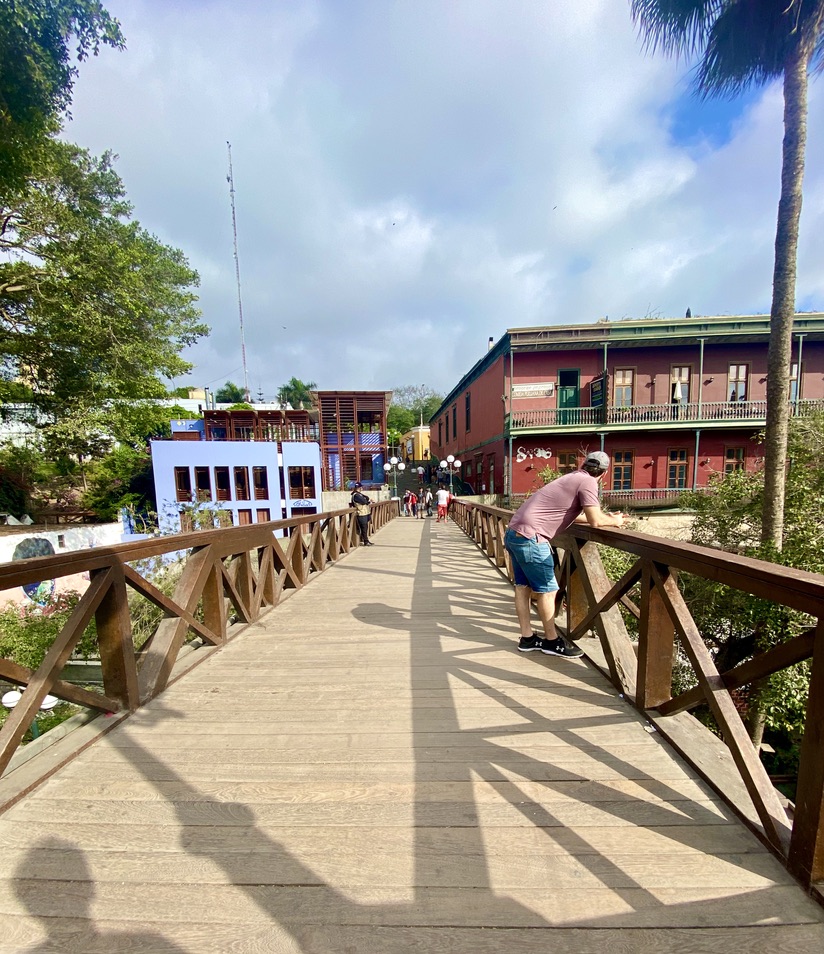
Ancon Beach
Towards the end of the trip, I decided to join some of my friends at the beach, in Ancon. Ancon is a beach city located 2h away from Lima, usually the place for wealthy families to spend their summers. During the pre-Inca times, the beach town was a fishing hub, but now it houses resorts, villas and beach cabanas. During my time there, I spent the day on my Peruvian friend’s family boat. My friends and I rode around the beach, had Pisco sours, danced to latin tunes and watched the sun setting from aboard. Witnessing Peruvian hospitality and generosity first hand was so special. Our friend did not stop serving us food, snacks and drinks during the day. It was all so perfect.
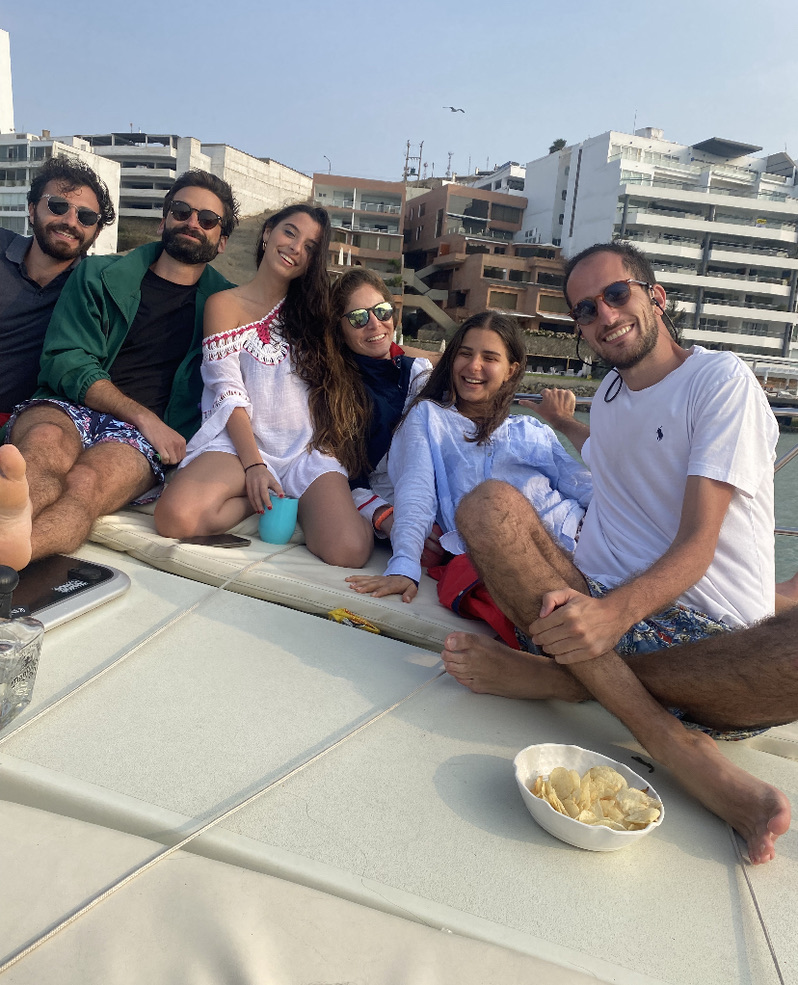

I hope you enjoyed this guide to Peru’s main historical sites. Feel free to drop in the comments any question you have!